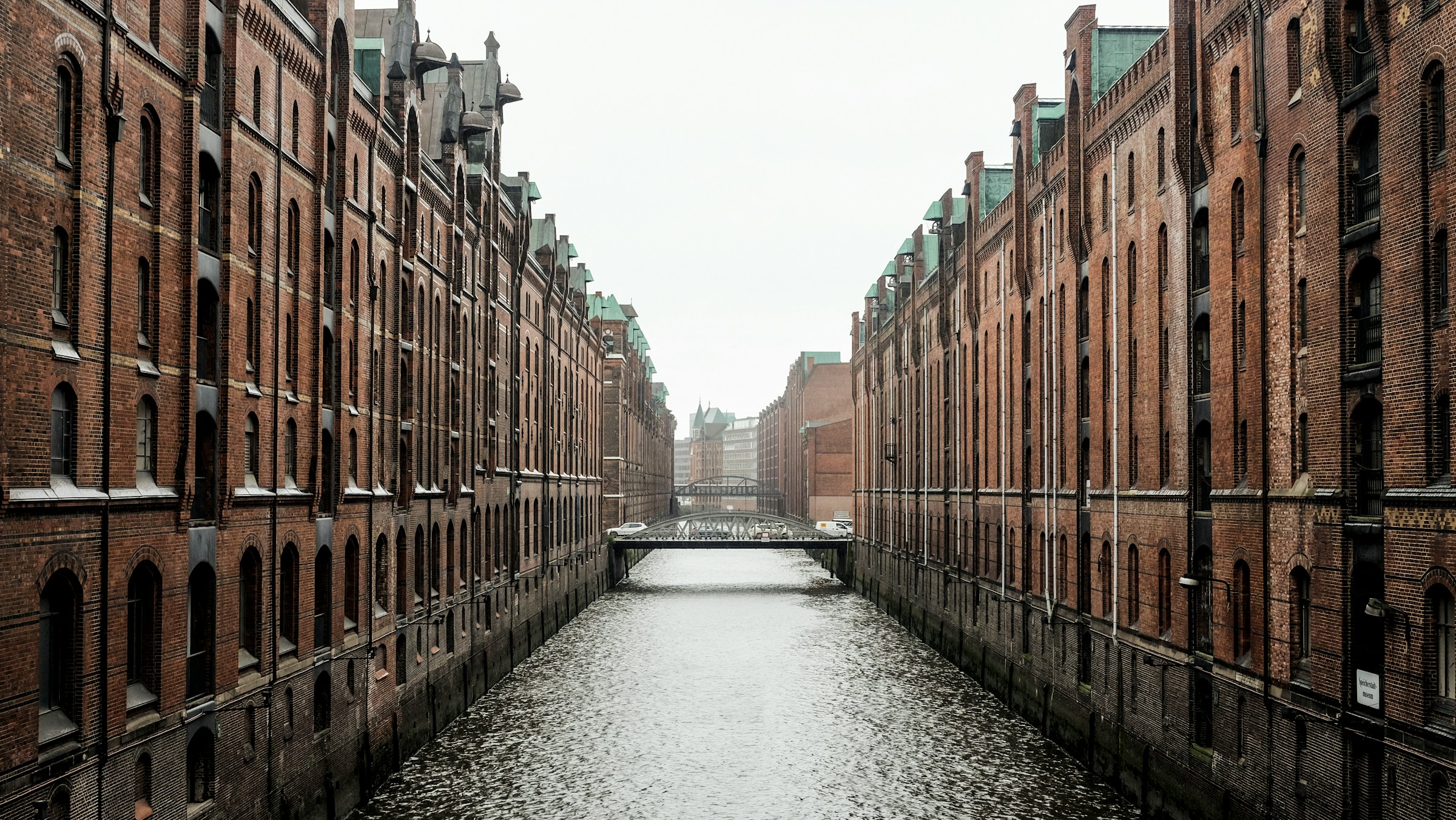Historic buildings are often seen as the lifeblood of a city’s soul, carrying the heritage and history of a location and its people. However, as our world becomes more environmentally conscious, the question of how these structures can adapt to modern energy standards becomes increasingly prevalent. Retrofitting historic UK buildings is a complex task that presents unique challenges. This article will delve into the intricacies of retrofitting, the potential hurdles, and the necessary considerations for successfully marrying the old with the new.
The Importance of Energy Efficiency in Buildings
Energy consumption is a critical concern in our modern world. With the increasing emphasis on reducing carbon emissions and promoting sustainability, it is no surprise that buildings, being significant energy consumers and contributors to carbon emissions, are at the forefront of these conversations.
En parallèle : How Will the Expansion of Permitted Development Rights Affect UK Homeowners?
The UK, for instance, has a high number of historic and listed buildings, some of which are centuries old. These buildings while being assets of cultural heritage, are often far from energy efficient. They were built in an era when energy conservation and climate change weren’t concerns. However, with the UK’s commitment to becoming carbon neutral by 2050, there is a pressing need to make these buildings more energy efficient. This is where the concept of retrofitting comes into play.
Retrofitting refers to the addition of new technology or features to older systems. In terms of buildings, retrofitting could involve adding insulation, improving heating and cooling systems, or even incorporating renewable energy sources. The goal is to make the building more energy efficient and less carbon intensive.
A découvrir également : What Are the Pitfalls to Avoid When Participating in a UK Property Auction?
The Balancing Act between Conservation and Efficiency
Retrofitting historic buildings isn’t as straightforward as retrofitting modern buildings. The main challenge lies in striking a balance between maintaining the historical integrity of the building and improving energy efficiency.
Historic structures are often listed or protected due to their architectural, historic or cultural value. Any changes made to these buildings must respect and preserve these values. This can make the planning and execution of retrofit projects particularly challenging.
For example, one common way to improve a building’s energy efficiency is to add insulation. However, many historic buildings are constructed with materials that need to ‘breathe’. Adding insulation could trap moisture, leading to dampness, mould, and even structural damage over time. Therefore, retrofitting solutions need to be carefully tailored to the unique needs and characteristics of each historic building.
Skills and Knowledge Required for Retrofitting Historic Buildings
Another significant challenge in retrofitting historic buildings relates to the level of expertise required. Retrofitting is a complex process that calls for a deep understanding of building construction, energy efficiency measures, and the specific requirements of historic buildings.
The construction techniques and materials used in historic buildings are often vastly different from those used today. As such, retrofitting these buildings requires specialist skills and knowledge, which may be in short supply.
Moreover, understanding the original design and construction of these buildings is crucial. This will help ensure that the retrofit measures do not compromise the building’s integrity or cause unintended damage. Therefore, thorough planning and investigation are key before any retrofit work begins.
The Cost Implications of Retrofitting Historic Buildings
Retrofitting a building for energy efficiency is a substantial investment. The cost of retrofitting historic buildings can be significantly higher than that of newer buildings due to the complexities involved.
The need for specialist skills, the requirement for bespoke solutions, and the potential for unforeseen challenges can all add to the cost of a retrofit project. Moreover, the retrofit process can be lengthier for historic buildings, which may also impact the overall cost.
However, while the upfront cost may be high, it’s important to consider the long-term benefits. Retrofitting can lead to significant savings in energy costs over time, as well as reducing a building’s carbon footprint. It can also potentially increase the building’s value and lifespan, providing benefits for generations to come.
Balancing Public Sentiment and Modernisation
Finally, public sentiment is a major factor to consider when retrofitting historic buildings. These buildings are often beloved landmarks with deep sentimental value. Any changes, particularly those that alter the building’s appearance, can potentially be met with resistance.
This means that retrofitting projects need to be carefully managed and communicated, with a strong emphasis on public engagement and consultation. This can help ensure that the public understands the need for retrofitting and the benefits it can bring, while also giving them an opportunity to voice their concerns and suggestions.
Retrofitting historic buildings for modern use is a complex task, fraught with challenges. However, with thoughtful planning, expert knowledge, and careful execution, it is possible to successfully marry the old with the new, preserving the past while paving the way for a more sustainable future.
The Role of Regulatory Bodies in Retrofitting Historic Buildings
When it comes to retrofitting historic buildings, regulatory bodies play a key role. In the UK, organisations such as Historic England and local planning authorities have a mandate to protect historic and heritage sites. These organisations provide guidelines and regulations that must be adhered to during the retrofitting process.
Often, consent from these bodies is needed before any significant changes can be made to listed buildings. This can be a lengthy process, requiring detailed planning and consultation. In some cases, specific measures may be required to minimise impact on the building’s historic character. For example, internal insulation may be recommended instead of external, to preserve the outward appearance of the building.
Moreover, these regulatory bodies may also provide guidance and resources to aid in retrofitting projects. Historic England, for instance, offers advice on energy efficiency measures suitable for historic buildings, along with case studies of successful retrofit projects. So, while these bodies pose certain restrictions, they can also be valuable allies in the quest to make historic buildings more energy efficient.
The role of these bodies underscores the importance of meticulous planning and consultation in retrofitting projects. By working closely with these organisations, it is possible to devise retrofit solutions that respect the building’s historic significance while also improving its energy performance.
The Future of Retrofitting Historic Buildings
Retrofitting historic buildings is not just about making these structures more energy efficient. It’s also about preserving the rich heritage and character of these buildings for future generations. While the challenges are significant, the potential benefits – both in terms of sustaining architectural heritage and reducing carbon emissions – are immense.
Looking to the future, advancements in technology may provide new opportunities for retrofitting. For example, smart technology could be used to monitor and control energy usage in historic buildings, without requiring major structural changes. This could be a game-changer in terms of making these buildings more energy efficient, while also preserving their historic charm.
Moreover, a greater focus on developing specialist skills and knowledge could help to address the current skills gap in this area. Training schemes and apprenticeships in traditional building techniques and materials could provide a new generation of craftspeople with the expertise needed to retrofit historic buildings effectively.
Conclusion
Retrofitting historic UK buildings for modern use is a complex and challenging task. It requires a careful balancing act between preserving the past and preparing for the future. The process involves multiple stakeholders – from regulatory bodies to the general public – and requires specialist skills and knowledge.
However, despite these challenges, the potential rewards are great. Not only can retrofitting reduce a building’s energy consumption and carbon emissions, but it can also extend its lifespan and enhance its value.
Retrofitting is not just about making buildings more energy efficient. It’s also about respecting and preserving our cultural heritage. With careful planning, expert knowledge and a commitment to sustainability, it is possible to ensure that our historic buildings continue to stand tall and proud – not just as relics of the past, but as beacons of a more sustainable future.






